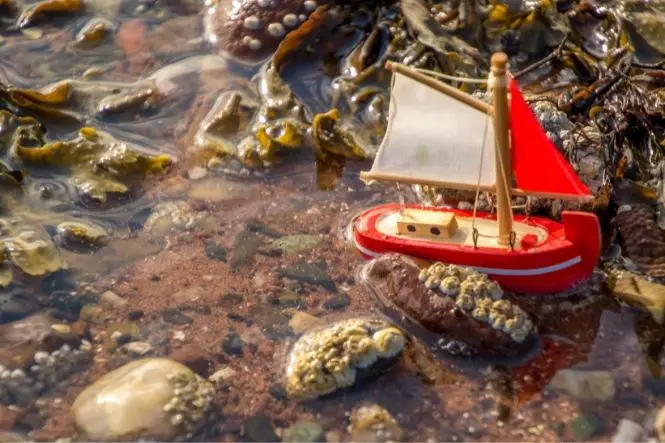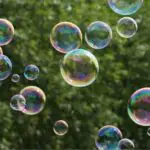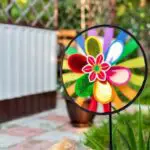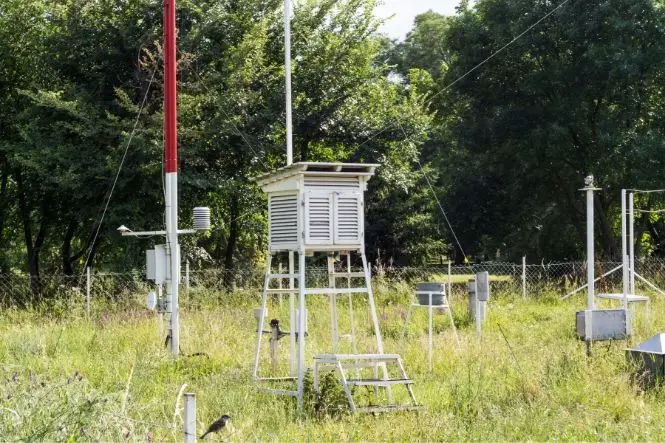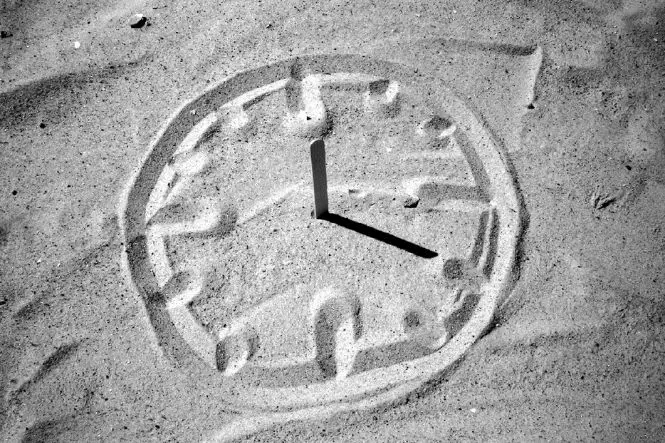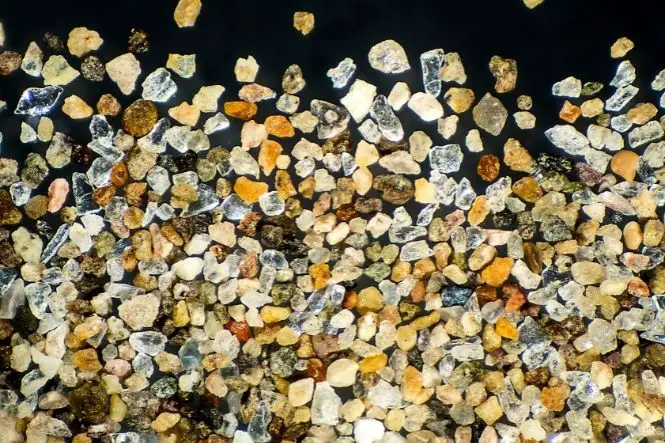Sunlight isn’t just white – it’s actually made of a mixture of different colours. As light travels through water or glass, it changes speed, which makes it bend (see ‘Bending Light: Disappearing Glass Bowl and Bending Pencil’).
Light travels in waves. Different colours in the light have different wavelengths, and bend (refract) by different amounts. This makes the different colours spread out and separate from each other (disperse), forming a spectrum or rainbow. Red light has the longest wavelength and violet light the shortest wavelength in visible light. Light with a wavelength longer than visible red light is called ‘infrared’; light with a wavelength shorter than visible violet light is called ‘ultraviolet’ – these are both invisible.
Sir Isaac Newton started experimenting with light and prisms (pyramid-shaped blocks of glass) in the 1660s, and published some writing about his experiments in 1672. He was the first person to discover that white light could be refracted and dispersed into its component colours, and then recombined into whiter light again.
Table of Contents
How is a Rainbow Made?
A rainbow occurs when there is sun and rain at the same time. To see a rainbow, the observer needs to be between the sun and the rain. The sun light enters the raindrop and is refracted, dispersing the colours into a spectrum. Some of the refracted light is then reflected back from the back of the raindrop, and refracted again as it comes out. A double rainbow happens when the raindrops reflect light twice.
A different colour comes from each raindrop, with red and yellow coming from higher raindrops and blue and green coming from lower ones.
Rainbows are always:
- red
- orange
- yellow
- green
- blue
- indigo
- violet.
To remember the order of colours in a rainbow, think of ‘Richard Of York Gave Battle In Vain’, ‘Run Over Your Gerbil Because It’s Vicious’, or ‘Roy G. Biv’.
Making a Rainbow Using a Glass
Put a glass of water on a table next to a sunny window. Where the sun passes through the glass, look for a rainbow (it might be on the floor or the wall).
If it’s not sunny, go into a dark room. Put a mirror at an angle in a glass of water. Shine a bright torch onto the mirror, and look around for the rainbow – try moving the torch or the mirror if need be.
Making a Rainbow Using a Fish Bowl
Fill a fish bowl with water. Cover the glass of a bright torch with cardboard with a narrow slit cut in it. Cut a hole in a larger piece of card, about the size of a fist. Direct the light through the hole in the card onto the fish bowl. Move a sheet of paper around the fish bowl to see the spectrum.
Making a Rainbow Using a Sprinkler
On a sunny day in the garden, switch on a garden sprinkler and set it to produce a fine mist. Walk around the mist to find a rainbow.
Don’t forget – look for the pot of gold at the end of the rainbow!

